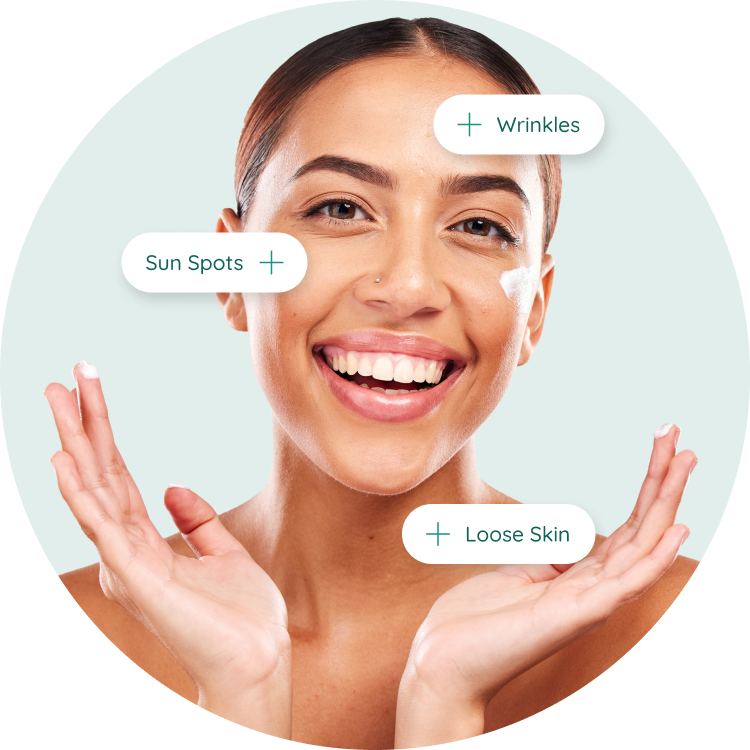When the topic of EVERYDAY sunscreen comes up with new patients, the most popular response is, “but I’m never outside?!”
When pressed further, the average patient will reveal that in fact, they are being truthful — they are rarely outdoors. But, just because you are not lying on the beach it sadly does not mean your skin is safe from the pervasive sun damage waiting for you around every corner. Unfortunately, most people are still blissfully unaware of how aggressive the sun’s rays are, and how innocently you can be exposed to them. For those people who really and truly are not outside often, chances are good that they are still spending considerable time in their cars, where they are sitting-ducks to the sun’s constant assualt.
Did you think your skin was safe from the sun when you were in the car?
According to Fox news, not only do car window’s NOT protect you from the sun, but some cars windows offer less protection than others:
- Car windows are designed to protect you in an accident, but they won?t necessarily protect you from the sun.
- Automotive glass must meet a host of government standards in the U.S. and elsewhere for safety, and it has to let in the maximum amount of light to help drivers see.
- There are no requirements for car windshield sun protection. The amount of sun-protection your car can provide may vary by vehicle, and even by window within a vehicle.
- Windshields offer the most sun protection, according to Pete Dishart, who leads product development at Pittsburgh Glass Works in Pennsylvania. His company supplies glass to nearly every major automaker.
By law, windshields must be made of laminated glass, which means they?re formed from three parts: two 2.1-millimeter layers of glass separated by an 0.8-millimeter piece of stretchy plastic. The glass is made to break easily if something ? the driver?s head, for example, or a deer ? comes in contact with it. The plastic then stretches to absorb that impact.
The layer of plastic helps windshields absorb nearly all of the sun?s ultraviolet rays. Plastic is naturally good at absorbing UV rays, Dishart says, and can be made with extra UV absorbers to protect even more. He says windshields absorb 100 percent of UVB rays, which cause sunburn, and around 98 percent of UVA rays, which don?t cause sunburn but can do long-term damage to the skin.
That gives windshields a sun protection factor ? or SPF ? of 50 or more, the equivalent of some of the strongest sunscreens.
Sunroofs, too, often contain UV-absorbing technology that can block around 90 percent of UV rays. (Partly to keep the car cool as well as protect occupants from sun exposure.)
But side and rear windows are a different story, and their SPF can vary a lot depending on the vehicle.
Side windows are usually made from cheaper tempered glass, which is around 4 millimeters thick and doesn?t include a layer of plastic. Tempered glass is designed to shatter into tiny pieces, to protect the occupants in a crash. But unless they?re tinted for privacy, side windows usually absorb only 65 percent of UV rays. That gives them an SPF of around 16, Dishart says, the same as some of the lowest grades of sunscreen.
That may be all right for people who don?t do a lot of driving. But several studies indicate a link between skin cancer and sun exposure while driving, especially for truck drivers or those with long commutes.
In 2007, researchers at the St. Louis University School of Medicine found that in a group of 898 skin cancer patients, 53 percent of the cancers occurred on the left-side. Those who spent more hours per week driving had a higher chance of getting a left-side skin cancer.
Some automakers are opting for more expensive, higher-SPF glass, not only to protect the car?s occupants but also to cool down their cars. Hyundai and Kia use window glass with an SPF between 44 and 48 in their U.S.-made vehicles.
